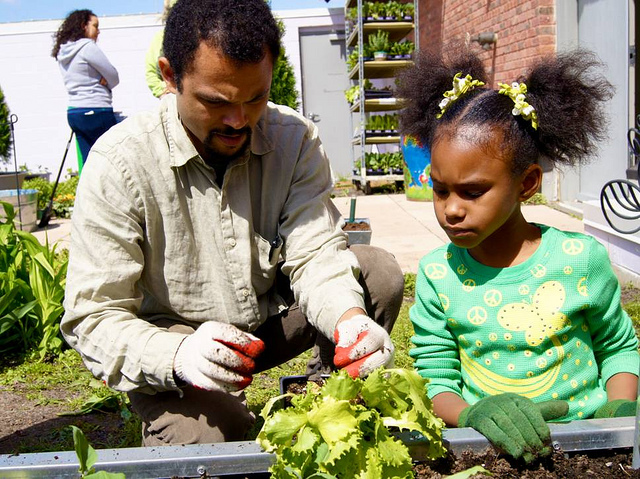
If there’s one thing time doesn’t do it is stand still – except in the case of the Child Nutrition Act Reauthorization (CNR). At the end of September last year, child nutrition, farm to school, and anti-hunger advocates –including the National Sustainable Agriculture Coalition (NSAC) – were wringing our hands and lamenting the failure of Congress to reauthorize CNR, also known as the 2010 Healthy Hunger Free Kids Act. With over a year of blood, sweat, and tears now behind us, we find ourselves in the very same position. As the 114th Congress comes to an end and advocates prepare to fight the legislative battles of 2015 and 2016 all over again, we take a look back in order to gain a semblance of where we (and CNR) might be heading.
A Slow Death
Including the Farm to School Act of 2015 in CNR was a major priority for NSAC in 2015 and remained a priority through 2016. Throughout 2015, NSAC worked hand in hand with our member organization the National Farm to School Network (NFSN) to build bi-partisan support for CNR and the Farm to School Act in the Capitol, as well as amongst grassroots stakeholders nationwide. Despite our best efforts, however, Congress dropped the ball and did not manage to renew CNR before the end of the fiscal year on September 30, 2015.
In January of 2016 the momentum shifted. The Senate Agriculture Committee moved forward on CNR by introducing and unanimously passing out of committee a bipartisan bill. The bill contained many big wins for the nutrition and anti-hunger communities, and we were especially pleased to find that it included increased funding (from $5 million to $10 million) for the Farm to School Grant program, changes that were part of the Farm to School Act of 2015 for which NSAC and NFSN had vigorously advocated.
Several months after the Senate’s bill passed out of committee, the House Education and Workforce Committee introduced and passed out of committee their own CNR package. Unlike the Senate’s bill, the House bill was not bipartisan and was swiftly opposed by major school, nutrition and hunger groups. The bill did, however, include the same policy tweaks and increased funding for the Farm to School Grant program that NSAC and NFSN had won in the Senate.
Following the passage of both bills out of committee, the prospects for a 2016 CNR quickly disintegrated. Negotiations started and stopped several times and eventually, on December 6, 2016, Chairman of the Senate Agriculture Committee Pat Roberts released a statement declaring that CNR negotiations were officially concluded and the bill’s prospects for 2016 were dead.
Long-Live CNR?
So here we are back at the beginning again. Because Congress failed to come to an agreement on CNR this year, the progress made by NSAC, NFSN, and other advocates through 2015 and then 2016 will be wiped from the slate and the process will need to restart. For the process to restart, new committee members will need to be named and new bills will have to be crafted in each chamber, all under the leadership of a new Congress and a new President.
Early indications suggest, however, that there is no appetite on Capitol Hill to move forward with CNR in 2017 or even 2018. Most of the policies, programs and funding that are traditionally reauthorized in the Child Nutrition Act (including the USDA Farm to School grant program) are permanent and therefore will be able to continue on in some capacity regardless of whether or not Congress acts.
While there are many ways in which the current CNR can be improved, the advocacy coalitions of 2015 and 2016, as well as many CNR and farm to school champions in Congress, are likely to decide that it is not worth the risk of opening up those policies and programs in the context of a yet untested Congress and Presidential Administration. Without a new reauthorization, the programs and policies of the current CNR will essentially operate on autopilot until a new bill is negotiated.
We are glad to retain at least our current version of the Farm to School grant program for the time being, however, we believe strongly that increased funding and policy changes to the program are both deserved and necessary. These improvements can only be accomplished through Congressional action, and therefore NSAC and NFSN will be actively examining new avenues – including the 2018 Farm Bill and the annual appropriations process – to provide the farm to school grant program with the resources and changes it needs to thrive.

